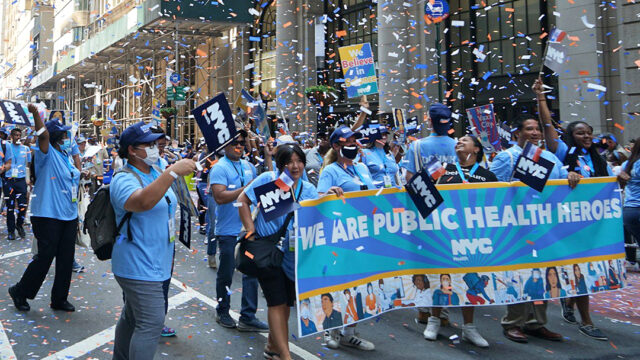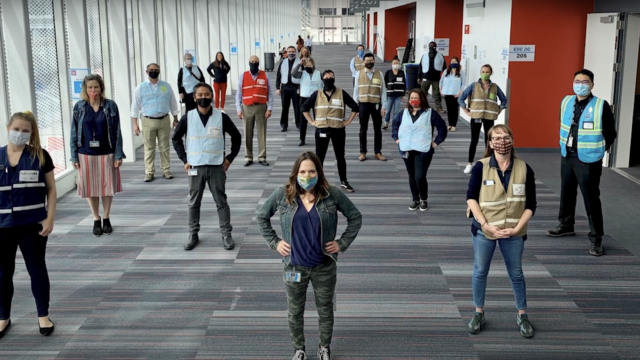Press Release
Messaging research: Effective public health communication strategies for divisive political climate
August 2023
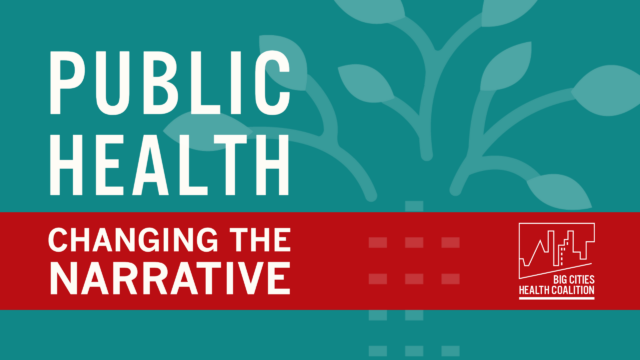
Polling and focus groups in 35 big cities showed that public health officials can more effectively reach key audiences by (1) emphasizing how they address key health-related issues such as crime, homelessness, and affordable housing; (2) describing racial inequity as a human-made problem that we can solve; and (3) framing public health’s work as empowering healthier choices.
Overview
Between March and May 2023, the Big Cities Health Coalition polled key audiences in its member jurisdictions (35 big cities). The goal was to better understand how individuals who are skeptical of public health interventions could be moved to better support the important role governmental public health departments and leaders play in their communities.
Continue reading for our top-level findings and messaging recommendations. Download the messaging guide to save these recommendations in a convenient one-pager. Download the full slide deck to review more detailed findings from our research.
Messaging guide
Download now Messaging guideFull slide deck
Download now Full slide deckProject details
In collaboration with Hart Research, we conducted two focus groups with 8 white centrists and 8 Black residents in Philadelphia; then QualBoards with 20 white center-right and 19 Black and Hispanic residents; and finally an online survey of 1,006 similar “policy influencers” in 35 BCHC jurisdictions with an oversample of Black and Hispanic residents.
The project was primarily supported by the CDC Foundation.

Research-supported strategies
Our messaging research supports the following communication strategies.
GRAPH 1. Respondents consider public health important – but rank other city needs as having a higher priority.
Percent who answered yes to “This issue should be a top priority for the city I live in to address.”
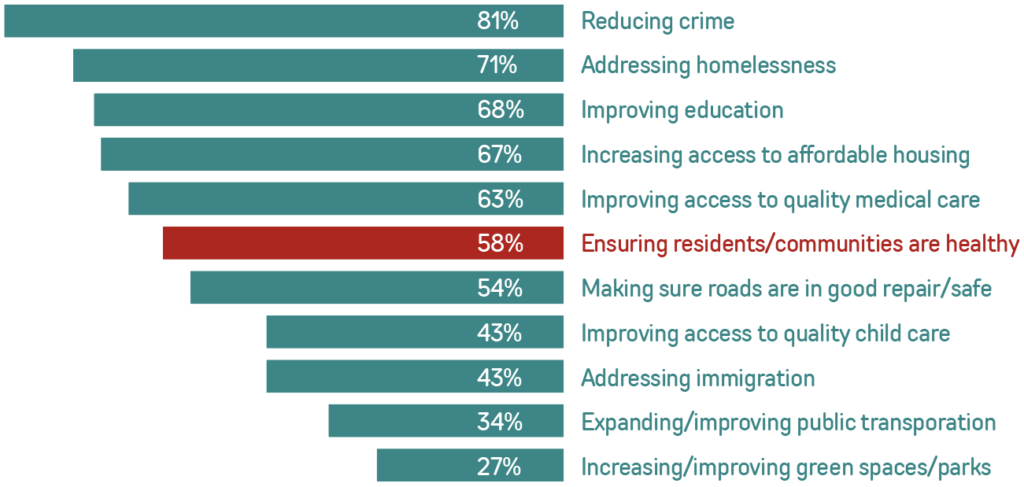
GRAPH 2. Respondents support city government giving residents opportunities to be healthy.
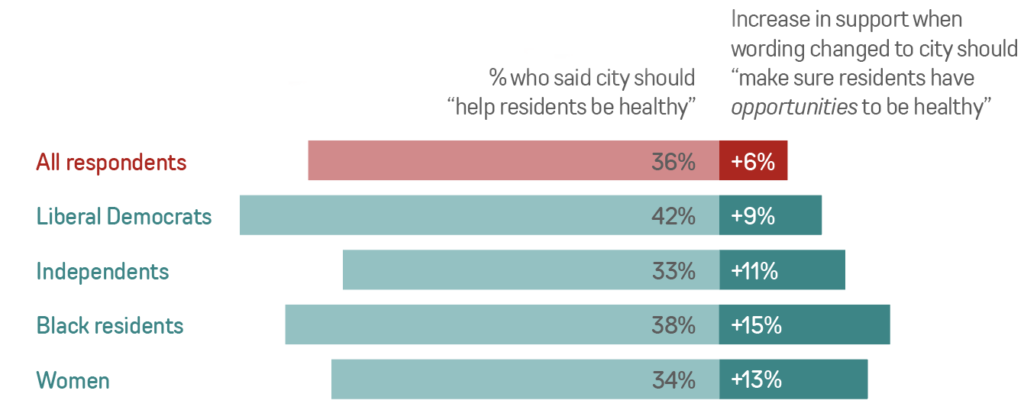
Graph shows subgroups who showed the most significant preference for the empowerment/opportunity framing.
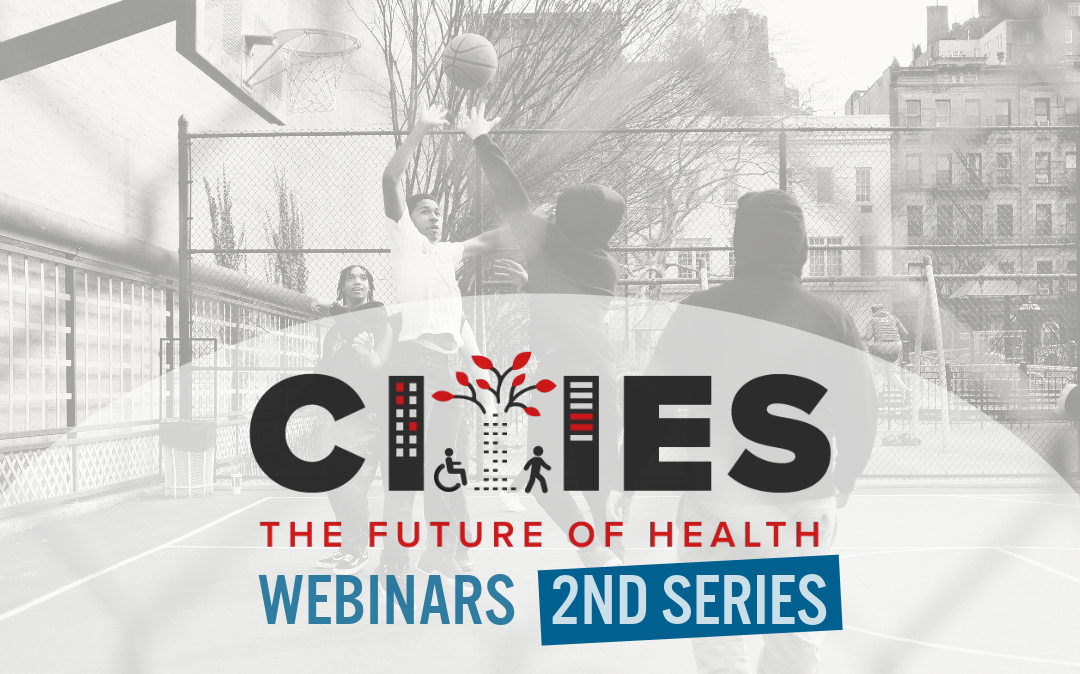
Coalition News
Webinar series returns with more inspiration for advancing public health
GRAPH 3. Discussions of racial inequity gain more traction when framed as a human-made problem we can fix.
Percent of respondents who said messaging about racial health inequities being human-made and thus fixable was a major reason for their city to focus on the health of Black and Hispanic residents.
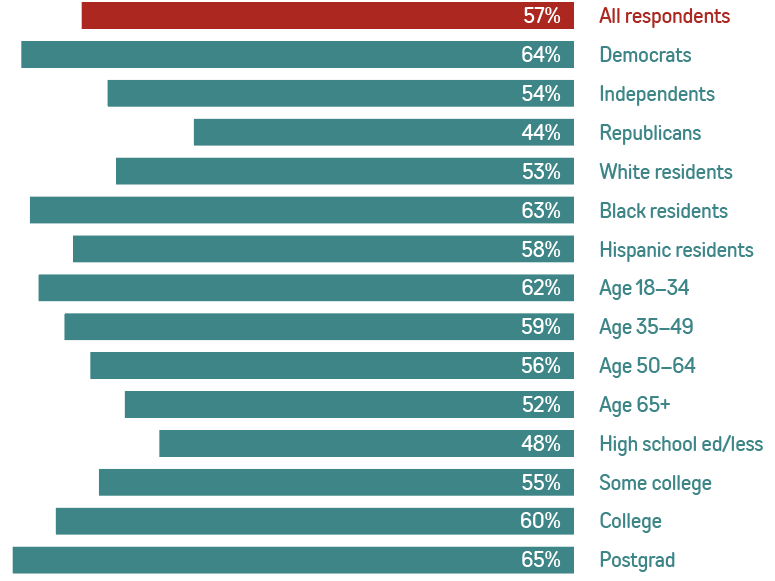
Persuasive messages
The audiences we polled found these to be the most convincing messages about why city leaders should invest in public health:
Fiscal responsibility & prevention
One reason the United States spends so much on healthcare is that we spend so little on preventing health problems before they start. We have one of the lowest life expectancies in the world and huge disparities across race, ethnicity, and income. We can reduce healthcare costs by investing in things like livable wages, healthy food access, and other things that will help prevent many health problems from occurring in the first place.
Quality of life
Everyone wants their city to be a healthy, thriving city. We don’t want to have to choose between clean air, good education, affordable housing, and access to quality food and we shouldn’t have to choose. We need all these things in order to have the best possible quality of life for our families and our neighbors, and everyone in the city needs and deserves them. The city must make investments to ensure we have them.
Further resources
Watch our presentation of this study at NACCHO360
Messaging guide
Download now Messaging guideFull slide deck
Download now Full slide deck